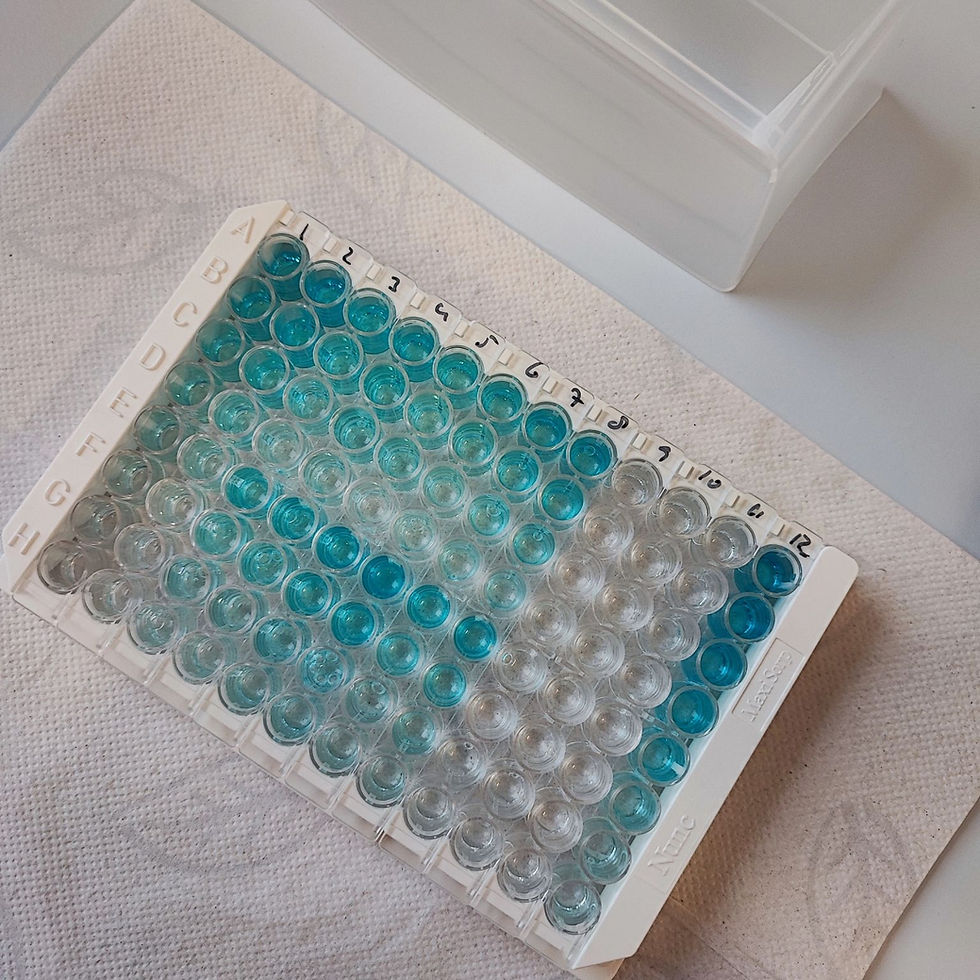Editorial: Function and Dysfunction of Complement Factor H
- dianapauly
- May 1, 2024
- 2 min read
📰 Exploring the Intricacies of Complement Factor H: Unveiling Functions and Dysfunctions 🧬🔍
Embark on a journey into the world of the complement system with Mihály Józsi, Paul Nigel Barlow and Seppo Meri, as they delve into the multifaceted roles of complement factor H (FH) and its family members. 🌐📊
👉 Understanding the Complement System: The complement system, with its alternative pathway (AP), acts swiftly in response to danger, maintaining a positive-feedback C3b-amplification loop on autologous surfaces. FH, a soluble AP suppressor, plays a critical role in recognizing self-surfaces and suppressing complement activation. This Research Topic, comprising 12 papers, scrutinizes the functions and potential dysfunctions of FH, shedding light on its vital role in immune response regulation.
1️⃣ FH-Family Dynamics: Explore the interplay among FH and its related proteins (FHRs-1-5) and the unique functions each member contributes. The reviews by Poppelaars et al. and Mannes et al. dissect the challenges of studying FHRs and FH-like 1 (FHL-1), addressing shortages of specific antibodies and animal models.
2️⃣ Molecular Mechanisms: Uncover the proposed mechanisms through which FH engages with C3b, involving specific CCPs. Dunne et al. identify a potential dimerization site, offering insights into how FH molecules gather at sites requiring robust AP suppression. Delgado et al. explore the impact of bacterial desialylation of FH in Streptococcus pneumoniae-precipitated aHUS, unveiling a pathological mechanism.
3️⃣ Genetic Variations and Screening: Gain insights into the genetic variations within CFH and CFHRs, influencing risks of diseases such as aHUS, C3G, and age-related macular degeneration (AMD). Wong et al. describe a workflow for characterizing variants of unknown significance, enhancing the understanding of their biochemical consequences.
4️⃣ Autoantibodies and Diseases: Explore the presence of FH autoantibodies (FH-AAs) in diseases like aHUS, C3G, and neuromyelitis optica spectrum disorder. Zhang et al. highlight patterns of genetic variation in FH-AAs and their potential implications in disease pathophysiology.
5️⃣ Pathogen Exploitation: Delve into the strategies employed by pathogens to hijack FH for self-protection. Moore et al. list various pathogens that utilize FH-binding proteins, emphasizing the significance of FH in host-pathogen interactions.
6️⃣ Beyond Complement: FH in Cell Behavior: Discover FH's influence beyond the complement system, impacting the behavior of neutrophils and monocytes. Kárpáti et al. elaborate on how FH, FHL-1, FHR-1, and FHR-5 modulate adherence, migration, and cytokine production, offering a broader perspective on their roles.
7️⃣ Therapeutic Implications: Explore potential therapeutic approaches targeting FH, including engineered FH-like molecules designed to outcompete host FH for binding to pathogens. Laabei et al. exemplify this approach, providing insights into complement-based strategies against bacterial infections.
8️⃣ FH in Disease Pathophysiology: Understand FH's role in preventing the formation of lipid-rich deposits (LRD) and suppressing their inflammatory potential. Meri and Haapasalo discuss the association of aberrantly functioning FH with conditions like AMD, C3G, Alzheimer's disease, and atherosclerosis.
Together, these articles underscore the central role of FH in maintaining the health of our cells and tissues and emphasize the need for further research, better tools, and specialized diagnostic units focusing on complement-related disorders. Dive deep into this enlightening collection! #ComplementSystem #FHFunctions #DiseasePathophysiology #ResearchUpdate #MedicalScience 🌐🔍


Comments